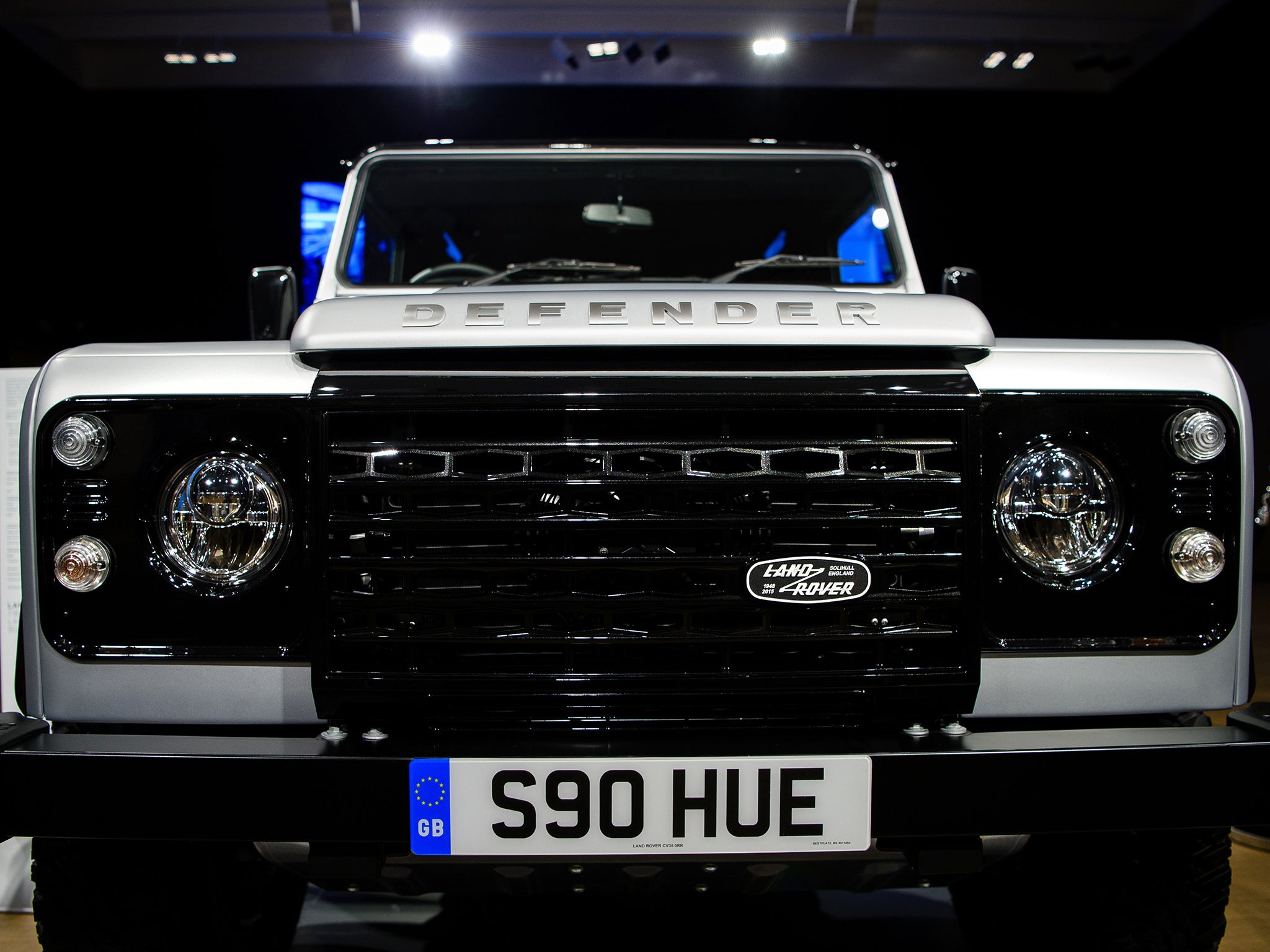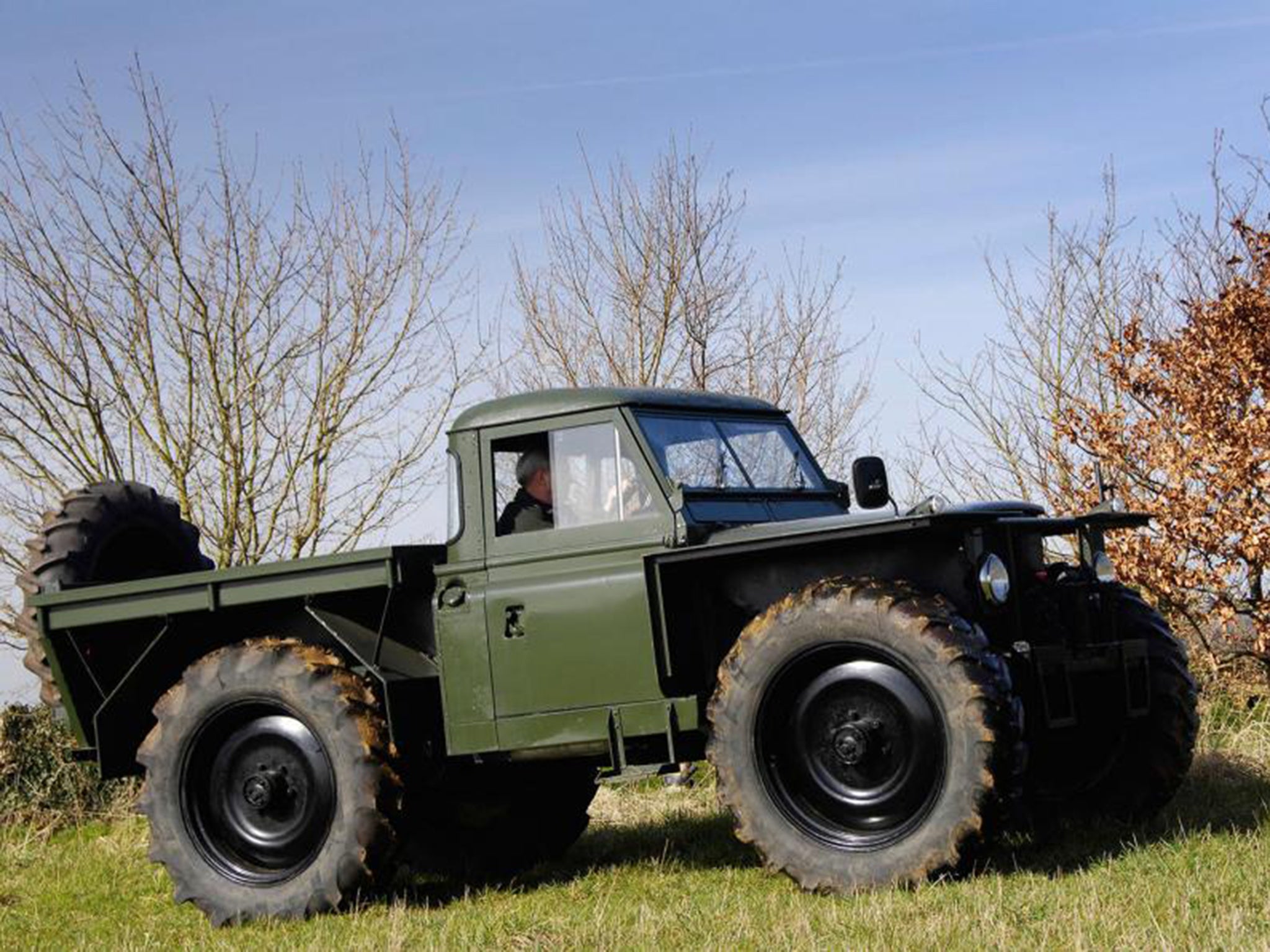Land Rover Defender: The four most extreme versions of the iconic 4x4
The Defender spawned a series of heavily modded versions, created for war, for films and for extreme mobility

Your support helps us to tell the story
From reproductive rights to climate change to Big Tech, The Independent is on the ground when the story is developing. Whether it's investigating the financials of Elon Musk's pro-Trump PAC or producing our latest documentary, 'The A Word', which shines a light on the American women fighting for reproductive rights, we know how important it is to parse out the facts from the messaging.
At such a critical moment in US history, we need reporters on the ground. Your donation allows us to keep sending journalists to speak to both sides of the story.
The Independent is trusted by Americans across the entire political spectrum. And unlike many other quality news outlets, we choose not to lock Americans out of our reporting and analysis with paywalls. We believe quality journalism should be available to everyone, paid for by those who can afford it.
Your support makes all the difference.So the Defender is no more. At least for now. But it spawned a range of 13 models in the final brochure, and an awful lot of extreme versions, created for war, for films and for extreme mobility. Here are our favourite four radical Defenders.
SAS Series II Pink Panther

The military have been big fans and big users of Land Rovers since the vehicle’s inception. From the 1940s with the British Army, up till the 1990s, when the US Rangers found their Hummers couldn’t get through the narrow streets of Kosovo, the Land Rover has been a military stalwart.
However, the ‘Pink Panther’ was designed to go far from any streets, out in the remote fastness of the Sahara Desert during World War II. The 109in Series IIA was heavily modified for the long-range SAS patrols, where the troopers would have to live for up to six weeks. The chassis and cooling were uprated and it could carry 100 gallons of fuel, using in part quick-release jerry cans.
The three-man teams were heavily armed but they relied on their Land Rover, which was painted that colour as it blends in better with the desert at dawn and dusk.
Judge Dredd 101 Forward Control

You can do a lot with a 101 Forward Control. Originally they were made from 1972 to tow artillery, but they also made effective ambulances and radio vehicles. They were very practical bits of kit, and the makers of the film Judge Dredd decided they’d be one of the likely survivors in an apocalyptic world. They were probably right.
The Sylvester Stallone film of 1995 used 31 vehicles, but they gave up on their own artwork sketches as to how they should look and instead used concept drawings which Land Rover themselves drew up.
At the end of filming the vehicles were flogged off, and some were registered for the road with few changes. Imagine seeing that in your rear-view mirrors.
Esarco 8x8

This superb all-terrain vehicle drove all eight wheels, and even had a counter-steering back axle to make it even more manoeuvrable. It was based on the Land Rover, but not made by them. Rights were picked up both sides of the Atlantic, but unfortunately it didn’t work commercially, either for military or private purposes.
Roadless Traction Forest Rover

In theory this is very simple. Back in the 1960s, the Forestry Commission found it was getting its Land Rovers stuck in the mud and deep ruts. So, the thinking went, let’s just stick on tractor tyres.
It didn’t prove quite that simple. The front track was widened by 14ins so the wheels would clear the bodywork, and new axles with reduction gears were needed to work with the standard engine and gearbox. This brought the speeds down. The wider track gave better stability on side slopes, while that increased height meant it could clear deep ruts and water really well. Despite all that, only 20 were made of this Roadless Forest Rover.
Join our commenting forum
Join thought-provoking conversations, follow other Independent readers and see their replies
Comments